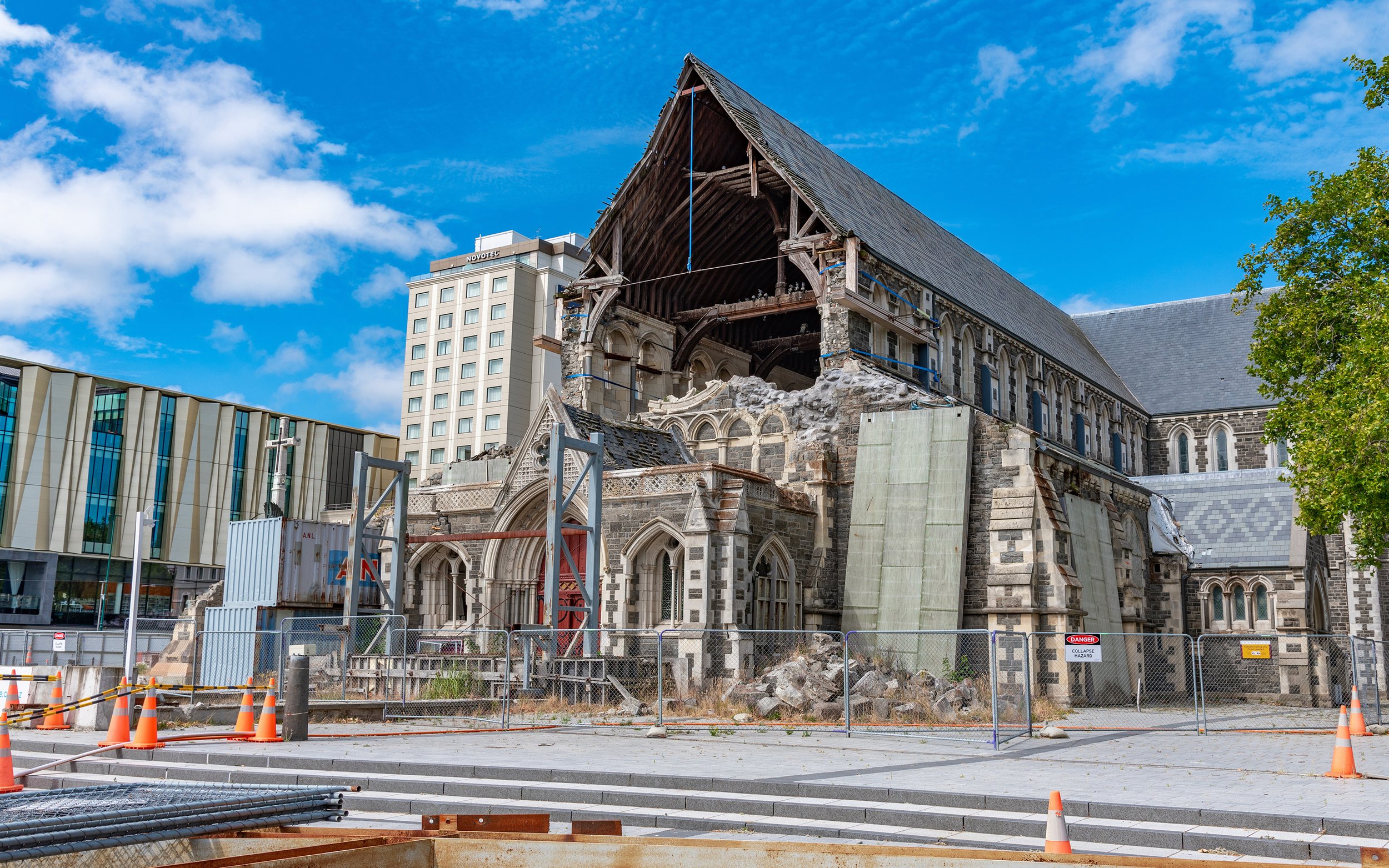
CASE STUDY
Christchurch Central Recovery Plan
The Canterbury Earthquake Recovery Authority (CERA) - New Zealand Government

The opportunity
The devastating Canterbury earthquake series destroyed New Zealand’s second largest city, Christchurch, creating many difficult problems, along with many exciting opportunities. Big economic and social changes are extremely difficult to achieve in ordinary times. While the loss of life and livelihoods from the earthquakes created huge change for the people of Canterbury, it also provided the opportunity to ‘recover better’. Road congestion, poor urban form and low-quality urban amenity were all problems that Christchurch needed to resolve: the earthquake events forced the city and the nation to formulate a response.
The Canterbury Earthquake Recovery Authority (CERA) was quickly established to marshal the government’s response. The legislation under which CERA operated had extremely wide-ranging powers to compel and require action or inaction – but the overarching approach was to work quickly to identify the pathway towards recovery, with identified points in the process for engaging with affected parties.

What we did
Andrew was contracted by CERA to support the development of the Christchurch Central Recovery Plan, a statutory document enabled under the Canterbury Earthquake Recovery Act 2011. While CERA had quickly established an alliance with the broad mix of private sector skills necessary to advise Ministers on how to rebuild the city, there were very few people in Christchurch with the necessary public sector skills needed to coordinate the development of advice to the government on its strategic options for the recovery of central Christchurch. Andrew produced Ministerial briefing papers, Cabinet papers and developed the methodology for the Regulatory Impact Statement that supported the government’s decision to invest multiple billions of dollars into building ‘anchor projects’ to provide the core public facilities necessary for a modern, international city.
In order to build confidence in the momentum of the recovery, the government requested that the Christchurch Central Recovery Plan be delivered in the 100 days following the successful appointment of the alliance. For such a significant task, it was an extremely short period of time to consider the best approach for the conceptual rebuilding of the Christchurch CBD. Cabinet papers and the accompanying Regulatory Impact Statement had to identify for Ministers what options they had for directing the government’s interventions – broadly split between buying land, building new assets, spending cash and regulating. The Regulatory Impact Statement charted a course through these choices, identifying how government could best intervene given the government’s desire to act quickly and decisively, while supporting rather than obscuring private sector recovery.
The outcome
The Canterbury Earthquake Recovery Act identified Recovery Plans as the mechanism for drawing together the actions to be taken by all decision-making bodies to facilitate the economic, social, environmental and cultural recovery of the Canterbury Region. Maintaining the confidence of the citizens of Christchurch, local authorities and mana whenua was a key driver for the Recovery Plan.



